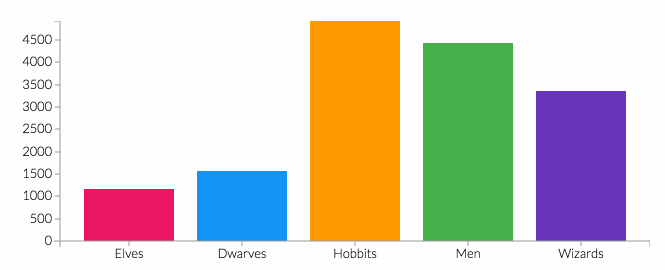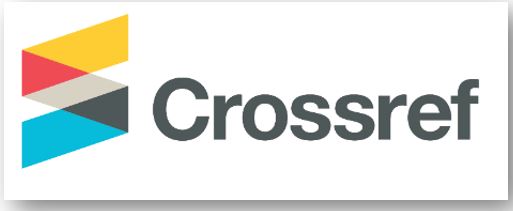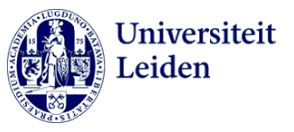Pendampingan Pembelajaran Ilmu Tajwid Al-Quran Pada Anak-Anak TPA Desa Telogo Rejo Rawajitu Utara
DOI:
https://doi.org/10.61231/jp2m.v2i4.295Keywords:
Pendampingan, Al-Qur’an, Ilmu TajwidAbstract
This community service aims to teach how to read the Qur'an to TPA children in Telogo Rejo Village through the application of tajweed science. With a fun learning method, it is hoped that children can more easily understand and practice tajweed rules correctly, so that it will be easy to read the Qur'an properly. The lessons used are lectures, demonstrations, and reading exercises. The results showed a good improvement in children's ability to read the Quran after participating in this study. This shows that good and interesting tajweed learning can improve the way children read the Quran
References
Alam, S. H. D. T. (2024). Ilmu Tajwid. Amzah.
Alfianto, E., & Suwarno, S. H. (2017). Penerapan Ilmu Tajwid dalam Pembelajaran Al-Qur’an untuk Mengembangkan Kemampuan membaca Al-Qur’an pada Siswa Kelas Atas SD Muhammadiyah 14 Surakarta. Universitas Muhammadiyah Surakarta.
Aljojo, N., Alsaleh, I., & Alshamasi, A. (2016). Difficulties in adapting feedback for individual learning styles in the Arabic Teacher Assisting and Subject Adaptive Material (TASAM) system. International Journal of Management in Education, 10(3), 293–308. https://doi.org/10.1504/IJMIE.2016.077510
Amir, M. A. (2019). Ilmu Tajwid Praktis. Pustaka Baitul Hikmah Harun Ar-Rasyid.
Basa’ad, T. (2017). Membudayakan Pendidikan Al-Qur’an. Tarbiyah Al-Awlad: Jurnal Kependidikan Islam Tingkat Dasar, 7(2).
Basir, A., Karoso, S., & Saidi, S. (2024). Enhancing Qur’an Reading Proficiency in Madrasahs Through Teaching Strategies Top of Form. Nazhruna: Jurnal Pendidikan Islam, 7(2), 373–389. https://doi.org/10.31538/nzh.v7i2.4985
Fakhruddin, F. M., Ishak, S. C., Suhid, A., Ayub, A. F. M., Hassan, N. C., Mutalib, L. A., & Jaafar, W. M. W. (2020). Process and method of tahfiz learning among students in malaysian government religious secondary schools. Malaysian Journal of Learning and Instruction, 17(2), 311–340. https://www.scopus.com/inward/record.uri?eid=2-s2.0-85092080309&partnerID=40&md5=43f0ce9f166e77f18a5089fdee46f3b4
Frishkopf, M. (2023). Localized Timbres and Tonalities of Qur’?nic Recitation: From Africa to Indonesia. Journal of Islamic and Muslim Studies, 8(1), 36–57. https://doi.org/10.2979/jims.00003
Muhammad, D. H. (2018). Upaya peningkatan baca tulis al-quran melalui metode qiroati. JIE (Journal of Islamic Education), 3(2), 142–162.
Muhsin, A. (2019). Peran Guru dalam Upaya Meningkatkan Kualitas Baca tulis al-Qur’an di TPQ Miftahul Ulum Nglele Sumobito Jombang. Jurnal Al-Murabbi, 4(2), 177–200.
Noor, N. M., Ismail, M., Yussof, R. L., & Yusoff, F. H. (2019). Measuring tajweed augmented reality-based gamification learning model (Targalm) implementation for children in tajweed learning. Pertanika Journal of Science and Technology, 27(4), 1821–1840. https://www.scopus.com/inward/record.uri?eid=2-s2.0-85074065538&partnerID=40&md5=6c3a2fb511072eb69a6b18fb8fedfaf3
Risa, A. (2021). Penerapan Metode Tahsin dan Tajwid Dalam Meningkatkan Bacaan Al-Quran di Madrasah Al-Qadr Pangalengan. PROCEEDINGS UIN SUNAN GUNUNG DJATI BANDUNG, 1(50), 13–23.
Sesmiarni, Z., Darmawati, G., Yuspita, Y. E., Yeri, S., & Ikhsan, I. (2023). Android-Based Augmented Reality: An Alternative in Mastering Tajweed for Student Learning. Journal of Internet Services and Information Security, 13(2), 30–47. https://doi.org/10.58346/JISIS.2023.I2.002
Shafie, N., Azizan, A., Adam, M. Z., Abas, H., Yusof, Y. M., & Ahmad, N. A. (2022). Dynamic Time Warping Features Extraction Design for Quranic Syllable-based Harakaat Assessment. International Journal of Advanced Computer Science and Applications, 13(12), 48–54. https://doi.org/10.14569/IJACSA.2022.0131207
Tajabadi, F. (2024). Phonetic Analysis of Qur’anic Distances. Language Related Research, 15(2), 217–250. https://doi.org/10.29252/LRR.15.2.8
Yasin, M. F. B. M., Embong, A. H., Khairuldin, W. M. K. F. W., Rahim, A., Sulaiman, R., Dollah, A., Said, S., & Mutalib, N. A. (2018). Contributions of technology towards development of Qur’anic Tajweed knowledge. International Journal of Civil Engineering and Technology, 9(6), 1340–1352. https://www.scopus.com/inward/record.uri?eid=2-s2.0-85049555311&partnerID=40&md5=64ffde1af2029ef3493b2a2b20f25291
Downloads
Published
How to Cite
Issue
Section
License
Copyright (c) 2024 Andika Saputra, Andri Gunawan, Ikhsan Albana, Nita Septiani Lestari, Rahmad Hidayat, Rohana Nur Aziza, Serli Arindi Ani, Siti Nurul Khotimah, Ulfa Aldayanti

This work is licensed under a Creative Commons Attribution 4.0 International License.
You are free to:
- Share — copy and redistribute the material in any medium or format for any purpose, even commercially.
- Adapt — remix, transform, and build upon the material for any purpose, even commercially.
- The licensor cannot revoke these freedoms as long as you follow the license terms.
Under the following terms:
- Attribution — You must give appropriate credit , provide a link to the license, and indicate if changes were made . You may do so in any reasonable manner, but not in any way that suggests the licensor endorses you or your use.
- No additional restrictions — You may not apply legal terms or technological measures that legally restrict others from doing anything the license permits.
Notices:
You do not have to comply with the license for elements of the material in the public domain or where your use is permitted by an applicable exception or limitation .
No warranties are given. The license may not give you all of the permissions necessary for your intended use. For example, other rights such as publicity, privacy, or moral rights may limit how you use the material.


















